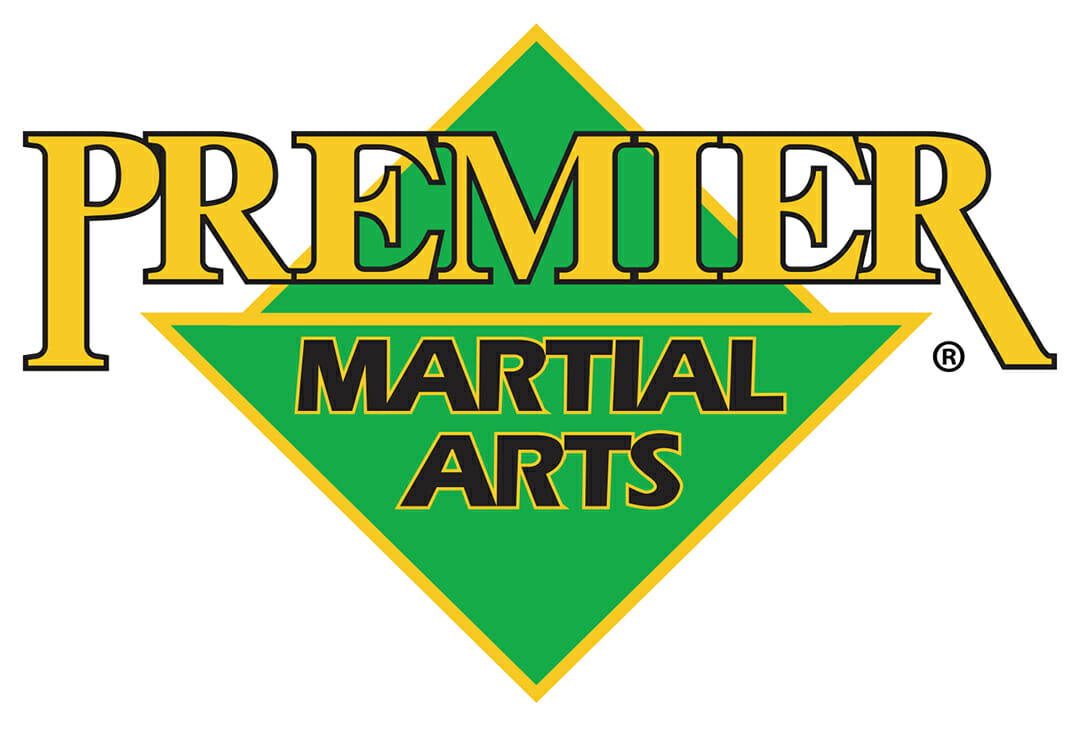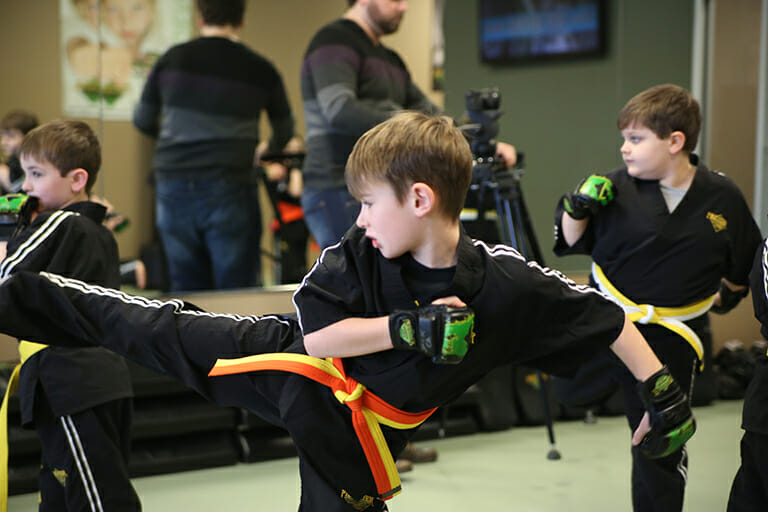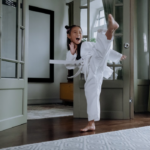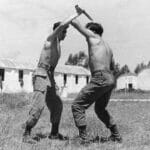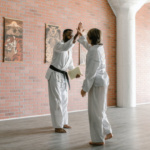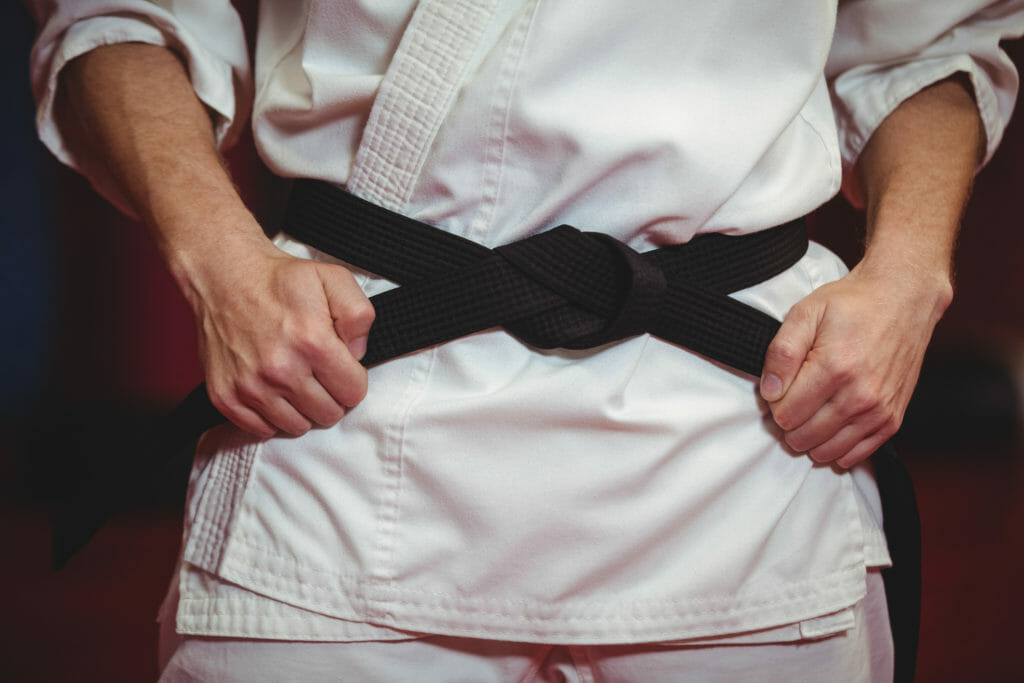
Getting started is often the hardest part, especially when you need to gather the right gear. When it comes to martial arts gear, there are varying requirements that martial arts studios have for their students. Differences between martial arts studios can range over almost everything, from the belt system to the safety equipment required, and from rules and etiquette when on or off the mat. For this reason, it’s important to check with your martial arts training program for requirements. If you’re still searching for the right martial arts school, Premier Martial Arts is a great choice for beginners who want an expert-designed curriculum and instructors that consider your goals and needs as a student.
Yet, there are some basics which most martial arts studios require of students in terms of safety gear. If you’re beginning your journey with the martial arts, we’ve laid out the basics that a beginning student (and beyond) might be required to bring to the dojo.
The Karate Gi
Gi is the Japanese word for the traditional martial arts uniform. Specifically, it means “uniform” in Japanese, so in Japan, they specify it as Karate-Gi or Do-Gi. In America and the rest of the world, you will usually simply hear Gi.
Uniforms for karate are usually white in color, though this varies by school. Often a black version is reserved for students who have reached a higher belt level or act as an instructor. Some schools will award different patches or require that a patch representing the school is obtained and affixed to the Gi.
The Gi is durable and will last a long time if properly cared for. There are various levels of quality, which are often determined by the price. Many schools will include the Gi in their package for new students or charge a small price to order it for the student.
In jiujitsu, the Gi functions as part of the art itself. There are holds and techniques that use the Gi itself as a form of combat. However, some schools also allow simple workout gear, especially on days when no sparring is taking place and there is no belt test.
Protective Gear
If your school has a sparring program, often they will require students, especially new students to have certain protective gear. This varies greatly among schools, partially because each type of martial art has different rules for striking an opponent. For instance, in most Taekwondo sparring, kicks to the head are accepted. Because of the way this fighting style is designed, most Tae Kwon Do schools require or encourage helmets for all students except at the highest levels.
Mouthpiece: A mouthpiece is also important for most sparring, but schools will vary on whether they are necessary.
Body Padding: Body padding is required for sparring in many schools; this is for both the safety of the striker and the person striking, as it helps prevent bruising and injury. Elbow pads protect the person striking more than the person wearing the pads, since it’s painful to contact an elbow with the top of your foot!
Gloves: Many different types of gloves can be used in sparring as well. Hand wraps help support the wrists and protect stray fingers while sparring.
There are many types of protective gear, so it’s important to check with your instructor or school to decide which types of martial arts gear you’ll need and benefit from.
Shoes
There is a lot of variability in which shoes are required for students depending on the martial arts studio. Some studios require students to practice with bare feet. while other schools require a lightweight martial arts shoe. In general, most schools tend to practice without shoes.
Gear Bag
While usually not required, you’ll probably benefit from having a backpack or bag to take to the dojo. A dedicated bag will allow you to change into your uniform at the dojo and easily carry all your sparring equipment. Just make sure to maintain your gear bag by keeping it clean.
Starting Out With Martial Arts
If you’re feeling overwhelmed by the different types of martial arts gear you may need, just remember that your instructor will always tell you plainly what requirements they have for new students. Starting out with martial arts is simple and many schools don’t require much to begin besides a Gi and a good attitude. Make sure you ask your martial arts studio what gear they require and recommend before buying equipment you don’t need!
Don’t have a martial arts studio yet? Premier Martial Arts is dedicated to making the practice of martial arts both rewarding and accessible to all, whether you’re a beginner, an ongoing student, or searching for a studio to enroll your child in. Find a Martial Arts studio near you to get started on your journey to fitness and self-improvement.

